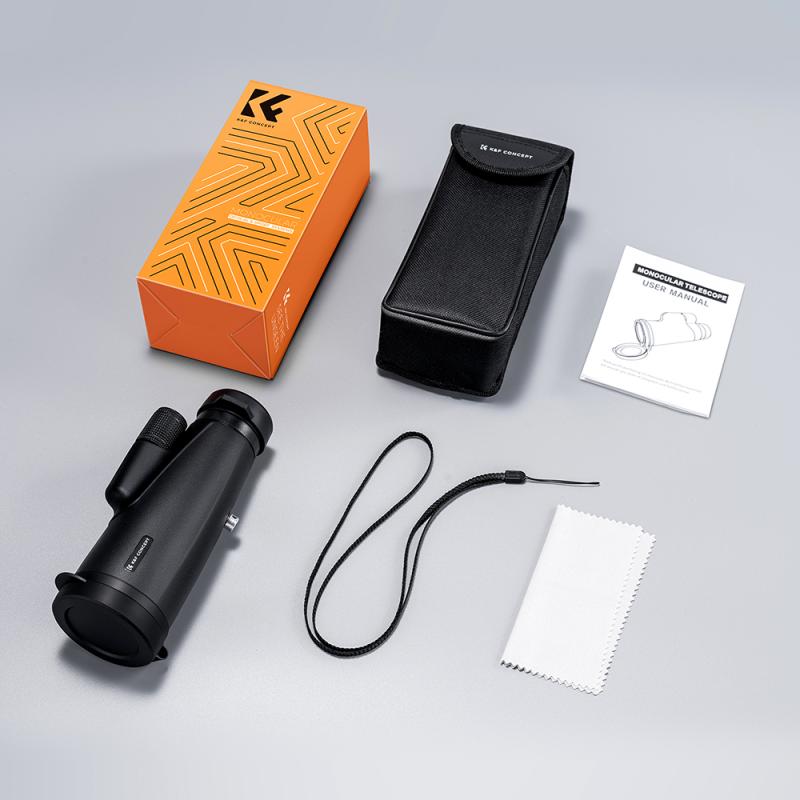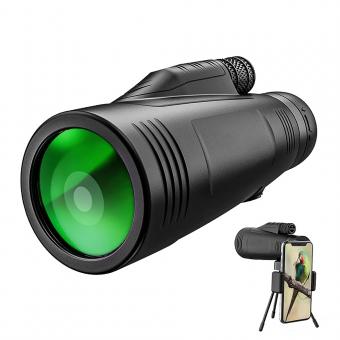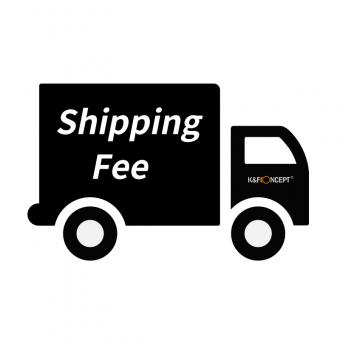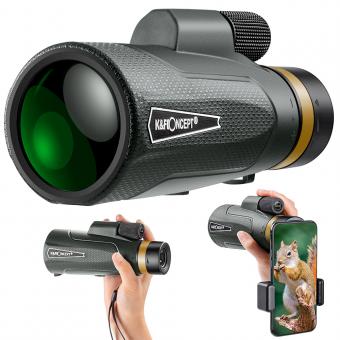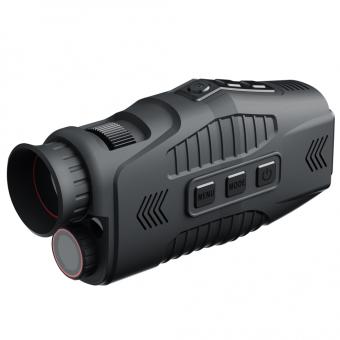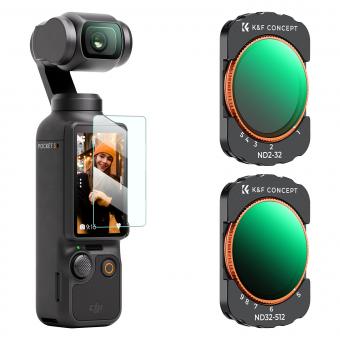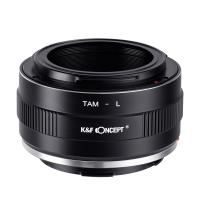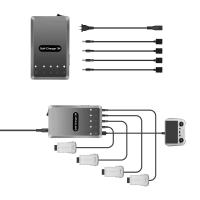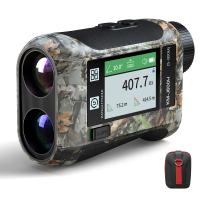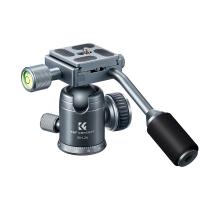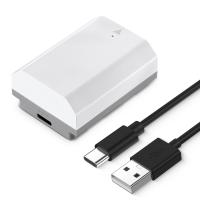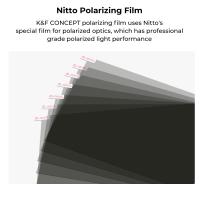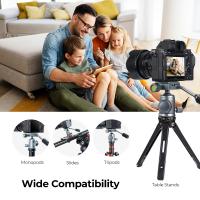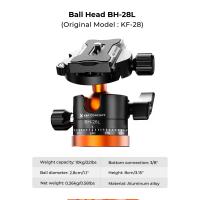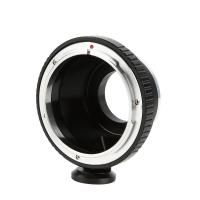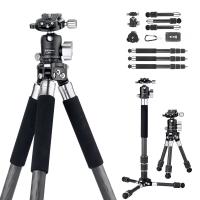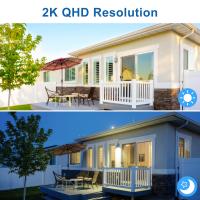What To Pay For Monocular ?
The price of a monocular can vary depending on the brand, quality, and features. Entry-level monoculars can cost around $20 to $50, while mid-range models can range from $50 to $150. High-end monoculars with advanced features such as night vision or image stabilization can cost upwards of $500 or more. It is important to consider your intended use for the monocular and your budget when deciding how much to pay.
1、 Magnification power
"What to pay for monocular" and "Magnification power" are two important factors to consider when purchasing a monocular. The price of a monocular can vary greatly depending on its quality, features, and brand. Generally, a good quality monocular can cost anywhere from $50 to $500 or more.
When it comes to magnification power, it is important to consider what you will be using the monocular for. If you are using it for bird watching or other outdoor activities, a magnification power of 8x to 10x is usually sufficient. However, if you are using it for stargazing or other long-distance viewing, a higher magnification power of 12x to 16x may be necessary.
It is also important to consider the quality of the optics and the durability of the monocular. Look for monoculars with high-quality lenses and coatings that provide clear and sharp images. Additionally, consider the size and weight of the monocular, as well as its waterproof and fog-proof capabilities if you plan to use it in wet or humid conditions.
In recent years, there has been a trend towards more compact and lightweight monoculars that are easy to carry and use. Additionally, many monoculars now come with smartphone adapters that allow you to capture and share images and videos with ease.
Overall, when purchasing a monocular, it is important to balance price, magnification power, quality, and features to find the best option for your needs and budget.
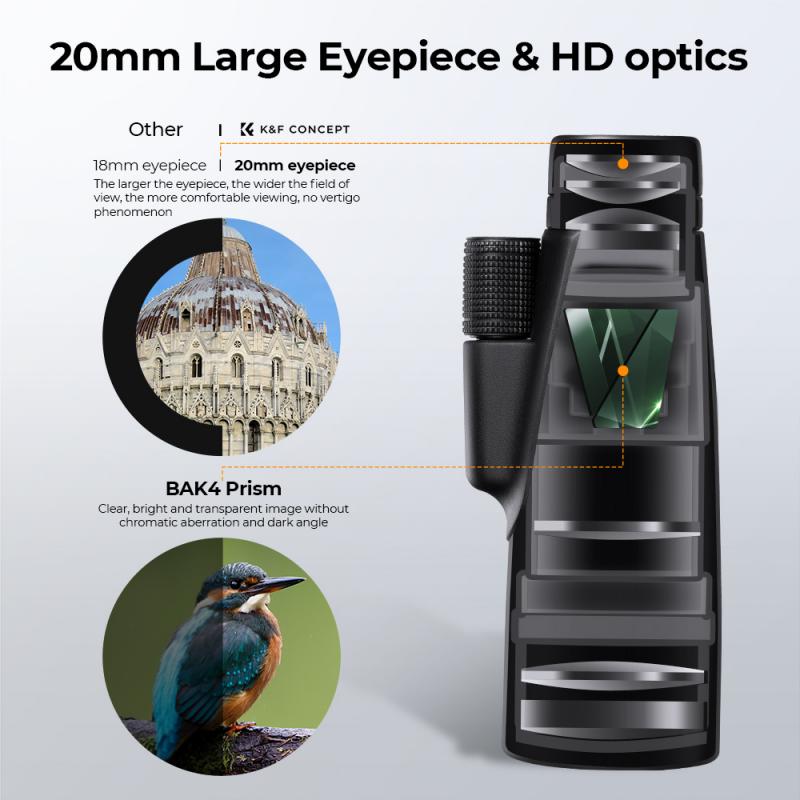
2、 Objective lens diameter
"What to pay for monocular" and "objective lens diameter" are two important factors to consider when purchasing a monocular. The price of a monocular can vary greatly depending on its quality and features, but generally, a good quality monocular can cost anywhere from $50 to $500.
The objective lens diameter is another important factor to consider when purchasing a monocular. The objective lens is the lens at the front of the monocular that gathers light and focuses it onto the eyepiece. The larger the objective lens diameter, the more light the monocular can gather, resulting in a brighter and clearer image.
The objective lens diameter can range from 20mm to 50mm or more. A larger objective lens diameter is generally better for low-light conditions, such as dawn or dusk, or for observing distant objects. However, a larger objective lens also means a larger and heavier monocular, which may not be as portable or convenient to use.
In recent years, there has been a trend towards compact and lightweight monoculars with smaller objective lens diameters. These monoculars are often more affordable and easier to carry around, making them a popular choice for outdoor enthusiasts and travelers.
Ultimately, the choice of objective lens diameter will depend on your specific needs and preferences. If you plan to use your monocular in low-light conditions or for long-distance viewing, a larger objective lens diameter may be worth the investment. However, if portability and convenience are your top priorities, a smaller objective lens diameter may be a better choice.

3、 Prism type
What to pay for monocular depends on various factors such as the type of monocular, its features, and the brand. When it comes to prism type monoculars, they tend to be more expensive than other types due to their superior optical quality and durability.
The price range for prism type monoculars can vary greatly, with some models costing as little as $50 and others costing upwards of $500. The higher-end models typically have features such as multi-coated lenses, waterproof and fog-proof construction, and high magnification capabilities.
It's important to note that while price can be a good indicator of quality, it's not always the case. Some mid-range monoculars can offer similar features and performance as higher-end models at a more affordable price point.
When considering what to pay for a prism type monocular, it's also important to think about your intended use. If you're using it for bird watching or hiking, a mid-range model may suffice. However, if you're using it for hunting or other outdoor activities that require high magnification and durability, investing in a higher-end model may be worth it.
In terms of the latest point of view, there has been a growing trend towards compact and lightweight monoculars that are easy to carry and use on-the-go. Additionally, many manufacturers are incorporating advanced technologies such as image stabilization and night vision capabilities into their monoculars, which can significantly enhance their performance in low-light conditions.
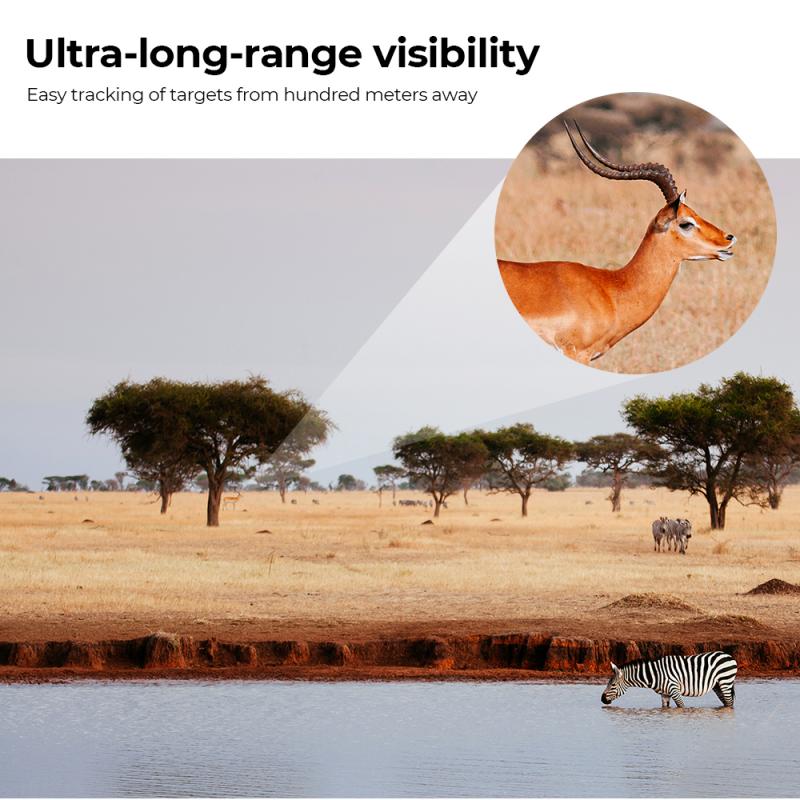
4、 Coating quality
"What to pay for monocular" and "coating quality" are two important factors to consider when purchasing a monocular. The coating quality of a monocular lens determines the amount of light that is transmitted through the lens and the clarity of the image produced. A high-quality coating will result in a brighter and clearer image, while a lower quality coating will result in a dimmer and less clear image.
When it comes to pricing, the cost of a monocular can vary greatly depending on the quality of the coating. Generally, monoculars with higher quality coatings will be more expensive than those with lower quality coatings. However, it is important to note that the latest advancements in technology have made it possible to produce high-quality coatings at a more affordable price point.
In addition to coating quality, other factors that can affect the price of a monocular include the size and magnification power of the lens, the durability of the construction, and any additional features such as waterproofing or image stabilization.
Ultimately, when purchasing a monocular, it is important to consider your specific needs and budget. If you require a high-quality image and are willing to pay a premium price, then investing in a monocular with a top-notch coating may be the best option. However, if you are on a tighter budget, there are still many affordable options available that offer decent coating quality and other useful features.
